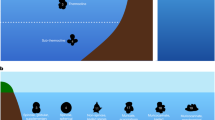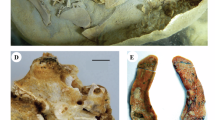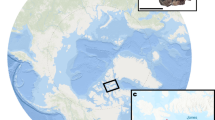Abstract
I AM glad that Sir Clifford Allbutt, in NATURE for October 20, p. 590, supports the spelling “deinosaur,” although Owen wrote Dinosauria. Only a week ago I heard a university student pronounce the word as “dinnosaur.” Wherever pronunciation can be helped by correcting current forms the correction is obviously of service. From this point of view we may pardon, even if we regret, Miocene and Pliocene. No one, however, has attempted to write “Plistocene.” We have for some centuries converted the Latin forms ae and oe (for the Greek ai and oi) into the forms æ and œ in manuscript and in print; but this has no classical authority and can be abandoned with much advantage, as has been done in modern Latin texts. The Greek diphthong or semi-diphthong ei could not well be shortened into one letter in our script, and this fact provides an inconsistency for those who join a and o to e in transliterations from Greek or Latin. Where the word has become anglicised in form, as cœnosarc, or where, like cœnenchyma, it is not a generic or specific name, the diphthong no doubt will remain compounded; but we may, I think with wisdom, write Coeloptychium and Taenia. Moeritherium is a case that needs attention. The British Museum, which has an honourable vested interest in the mortal remains of this fascinating creature, writes the o and the e separately. The Americans, and now the Japanese, adopt the compounded form.
This is a preview of subscription content, access via your institution
Access options
Subscribe to this journal
Receive 51 print issues and online access
$199.00 per year
only $3.90 per issue
Buy this article
- Purchase on SpringerLink
- Instant access to full article PDF
Prices may be subject to local taxes which are calculated during checkout
Similar content being viewed by others
Author information
Authors and Affiliations
Rights and permissions
About this article
Cite this article
COLE, G. Scientific Names of Greek Derivation. Nature 112, 724 (1923). https://doi.org/10.1038/112724a0
Issue date:
DOI: https://doi.org/10.1038/112724a0



